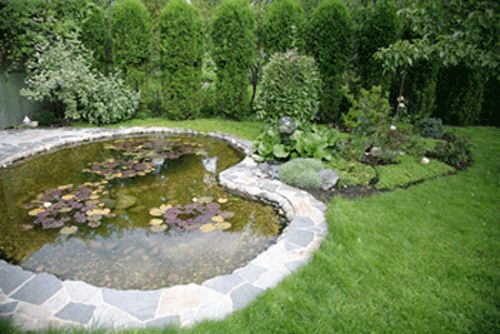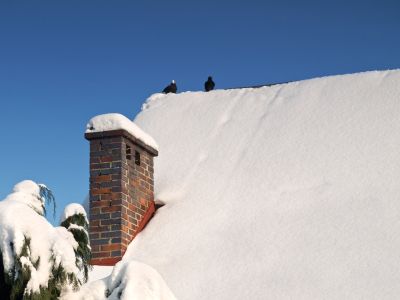
If your home is near a lake, reservoir, or even a large pond, and you have an attractive koi pond, you’ll want to protect it from large birds such as the crane or Great Blue Heron.
With its subtle blue-gray plumage, the heron often stands motionless as it scans for prey or wades belly deep with long, deliberate steps. And while they may move slowly, herons can strike with lightning speed to grab a fish. Equally threatening to koi are cranes. These large, gregarious birds can stand completely still for up to 20 minutes, which makes them seem nonthreatening to koi until the birds strike.
To protect your koi, add plenty of floating vegetation for your fish to hide under, as well as structures to dive below. Your pond should be three to four feet deep. Small ponds with shallow areas make fish easy prey. Herons will not dive, they spear their prey, so if your fish can stay deep and hide, they’ve got a chance to survive a heron attack.
In terms of bird proofing, there are many effective and humane bird deterrents you can use to protect your koi.
Repeller 360
A wind-powered device, the Repeller 360° features two "sails" with reflective predator eyes mounted at both ends of a 6-foot stainless steel arm. The arms spin continuously a full 360° to intimidate even the largest birds daring to approach your pond. The device is easily attached to any virtually any surface using a variety of available bases.
Garden Bird Netting
Light, easy to handle and virtually invisible, Garden Bird Netting is made of tough, UV-protected polypropylene. This bird netting is sold in two roll sizes: 14 x 100 feet and 14 x 200 feet and several meshes. The 3/4-inch mesh is ideal for large birds like heron. Simply drape it over your pond and attach it with clips at the base.
Scarecrows
Harmless but highly effective, Scarecrows will discourage even the most determined large bird to stay clear of your pond. A motion-activated sensor controls the Scarecrow, blasting any bird that dares to enter its radius of protection with water. Scarecrows connect easily to your standard garden hose and will protect a 1,200-square-foot area (or a 35-foot by 45-foot wide swath)--more than adequate for most ponds. The Scarecrow’s sensitivity and effective radius are easily adjusted to the size and shape of your pond.
Diverters & Balloons
Reflective Bird Diverters and Predator Eye Balloons are designed to intimidate heron and other large birds. Diverters are flat, tear-drop shaped with a large predator eye to intimidate herons and similar birds. For best bird deterrent effect, diverters should be hung in various lengths and spaced 2 to 3 feet apart. Predator Eye Balloons are beach-ball size deterrents that also sport a large predator eye. Made of a weather-resistant vinyl plastic, the balloons have a top eyelet for easy hanging above your pond.
]]>






















